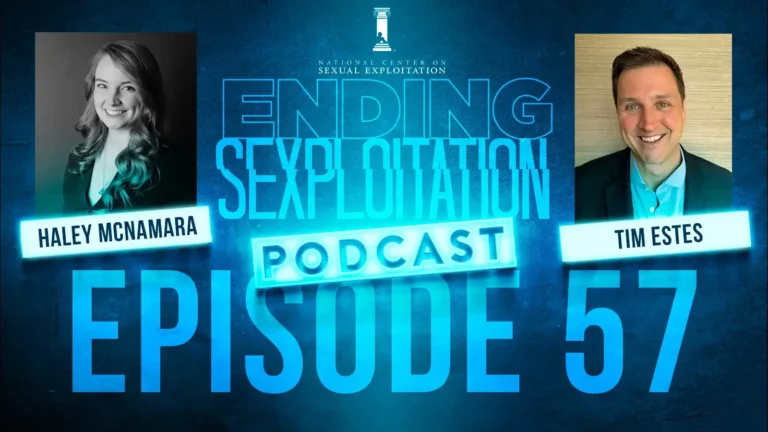Originally Published at the Huffington Post UK
By Jesselyn Cook and Sebastian Murdock
The French vlogger behind the popular YouTube channel “Le Roi des Rats” called attention to this issue back in January 2017. In a viral video, he showed a stream of examples of playlists with titles “like on a pornographic website” containing videos featuring prepubescent girls, and revealed how YouTube would recommend such lists.
His exposé made headlines and elicited a tepid response from YouTube: It’s up to users to flag problematic content, the company told Le Parisien. The vlogger later warned of people trading links to sexually exploitative videos and playlists in dedicated off-site forums.But to date, the issue remains largely unaddressed.
YouTube told HuffPost that it has continuously been looking into ways it can better enforce its playlist aggregation policy at scale, but declined to answer what improvements it has made thus far, if any.
It’s likely that Allie’s content has also received a boost in traffic from playlist viewers who wouldn’t have found her videos otherwise.“Marco,” a person who sends the girl video requests, pulled one of her hypnosis skits into a playlist that consists of dozens of other clips featuring little girls and young women being “hypnotized.” In another one of Marco’s playlists, titled “Petite,” small children can be seen giggling and pretending to lull each other into trances.
“The aggregation of those videos into a playlist — having 100 of those videos in a row — shows a predatory, potentially pedophiliac intent,” said Haley McNamara, the vice president of advocacy and outreach for the National Center on Sexual Exploitation. “[YouTube] has failed to engage with the nuances of grooming and sexual exploitation.”
YouTube has made some progress in combating the sexual exploitation of children on its platform, McNamara said — such as its removal of nearly 1 million videos that violated its child safety policy in the final quarter of 2019 — but its approach has been too limited.
“They will talk about how they do take down many videos, which is great — and they report things to the National Center for Missing and Exploited Children when it’s explicit child sexual abuse materials — but there’s much more sexual abuse than just explicit pornographic images,” she added. “They need to recognize that aggregation can be used in a predatory way as well.”
Until then, she said, “Parents need to know they can’t trust YouTube to protect their kids.”



